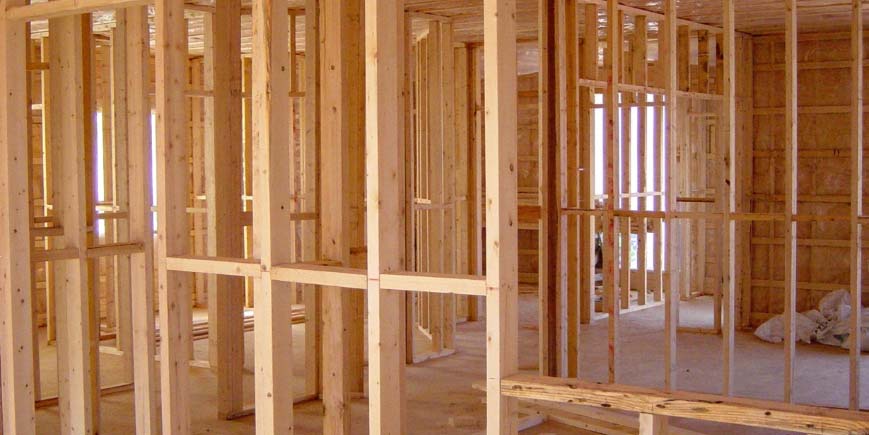
Category: government and politics government and politics
government and politicsAn industry report shows that, while houses are being built, Labour are following a repeated government pattern of falling short of their widely-promoted 1.5 million by 2029 target.
Current projections from Savills state that 840,000 new houses being built over five years is a more realistic expectation. This is could make a dent in the housing shortfall, but it is 42% short of the actual target.
Reasons for housebuilding shortfall
In their analysis, Savills blame the shortage of experienced builders, the decrease in planning consents, and less demand for new-build houses.
Due to Labour’s extremely high targets – which, as we have previously reported, would require 149 new houses built per hour – the quality in new-build housing standards has been scrutinised in the media, damaging their appeal. Only 40% of new-builds meet current housing standards.
If there is reduced demand in new-builds, construction firms may lose one of their main incentives to keep assembling them.
Meanwhile, finding planning permission for new housing estates has become more challenging over the last three years, with planning reform expected to have an impact on timeframes for completions.
Lastly, Savills commented on the workforce deficit:
Even if policy removes this demand barrier through measures such as a buyer support scheme or a large increase in grant funding for affordable housing, delivery will be constrained by the speed at which the housebuilding sector can expand its workforce and supply chains.
The Office for Budget Responsibility (OBR) had another target in its March report of 1.3 million new houses. While more conservative than Angela Rayner’s initial promise, it is miles away from the Savills forecast.
Savills partially based their conclusions on the performance of previous years. 2024 saw a 6.5% drop in new home completions, which the organisation attributes to the end of the Help to Buy scheme.
Various governments, both Conservative and Labour, have overpromised and under-delivered on housebuilding targets. Managing realistic expectations on this hot-button issue appears to be a recurring problem.
Nurturing the private rental sector (PRS) would be in the government’s best interests – there is a growing demand for buy to let properties in an already-pressured sector, partially as a result of this issue.
Best case scenarios for Labour
Savills have considered a best case scenario for housebuilding, which could only be possible if all the stars align perfectly across the next half-decade.
They claim that 1.2 million house completions over five years would only be possible if absolute capacity is achieved. This is more hopeful than their primary forecast, but it would be 100,000 homes short of the OBR’s reduced target.
Another factor to consider is Labour’s push for new legislation, which may open new doors for their construction projects.
The Renters’ Rights Bill is on the horizon, though expectations for when it will come into law are changing. One purpose of this, alongside the Planning and Infrastructure Bill, is to reduce the current restrictions on housebuilding. Once they come into law, the task of building so many houses may become achievable, but with so much lost time, this would seem unlikely.
